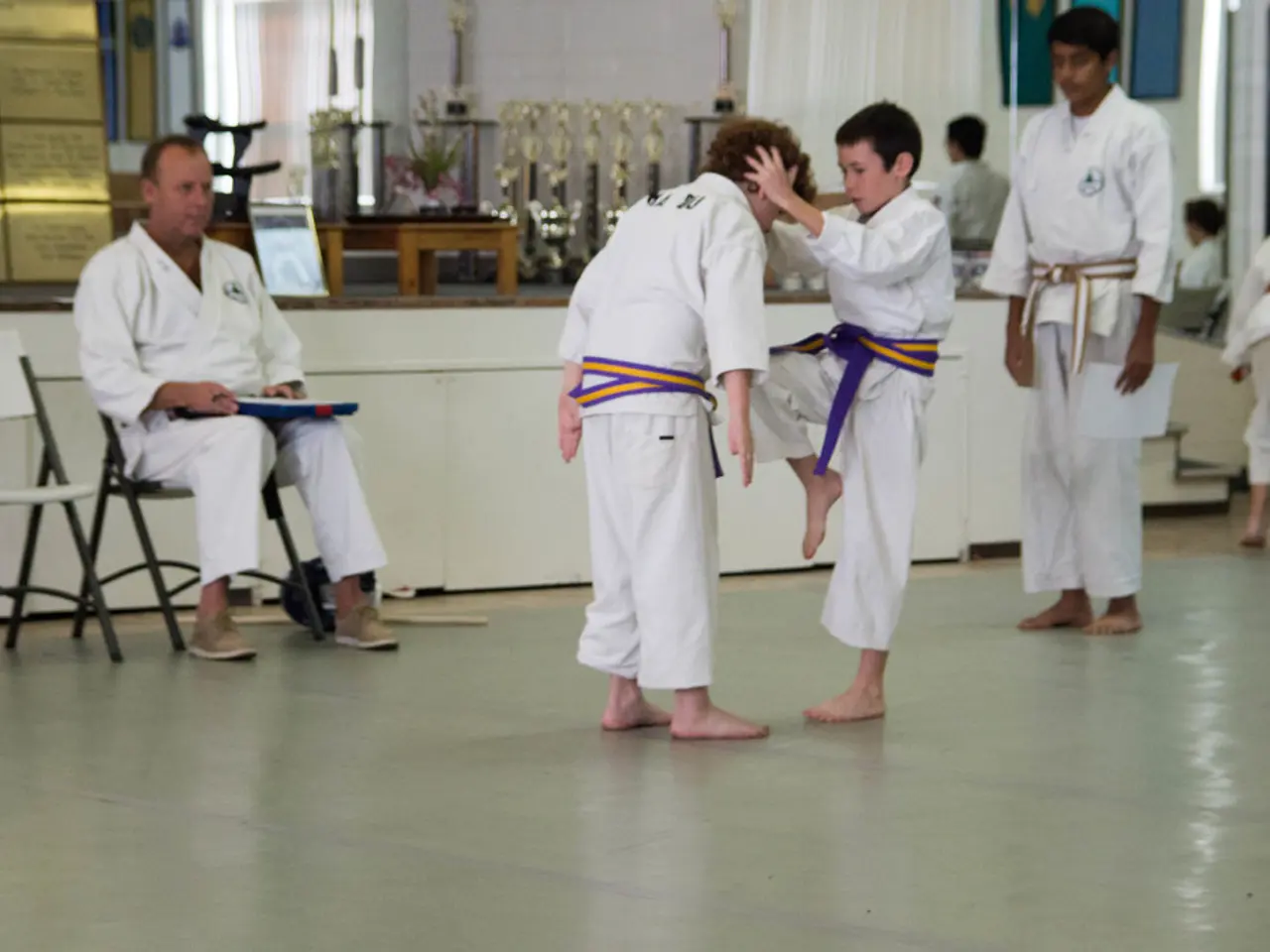Emerging Patterns in Educational Interaction
The European Digital Education Center (EDEC) has recently released a comprehensive report titled "Immersive Learning: Innovative Pedagogies, Techniques, Best Practices, and Future Trends". This groundbreaking document identifies 10 key trends shaping the future of education, leveraging AI, VR, AR, and MR technologies.
- The integration of AI in VR training tools promises to enhance virtual reality learning experiences, making them more effective and engaging.
- AI-powered creativity in the Metaverse is set to revolutionize educational content and experiences, enabling learners to design, explore, and innovate, even as beginners create complex virtual projects.
- Digital twins, realistic digital replicas, are being employed for risk-free training, allowing students to practice and simulate without real-world risks.
- Holography and realistic simulations are being used to increase engagement and immersion, making learning more captivating and interactive.
- The combination of extended reality with neurotechnology is being explored to tailor training based on learners’ cognitive states, creating adaptive learning experiences.
- Adaptive learning platforms and serious games are being implemented for personalized learning pathways, catering to each student's unique needs and learning styles.
- Haptic feedback technology is being used to enhance immersion, simulating touch and interaction, thereby enhancing skill development and engagement.
- AI-based dynamic assessments are being utilized to create real-time, dynamic testing and performance evaluations, providing educators with valuable data for personalized improvement strategies.
- Social interaction through avatars is facilitating collaborative learning and social engagement in virtual spaces, bridging the gap between physical and digital interactions.
- Extended reality tools are being applied for practical vocational education and skills development, preparing trainees for real-world challenges in safe and controlled environments.
Additional trends noted include AR remote training and real-time guidance, and multi-sensory and continuous learning, emphasizing ongoing immersive education across senses.
These trends collectively signal a shift towards highly personalized, adaptive, and interactive education environments that blend AI-driven analytics and immersive technologies such as VR, AR, and MR to enhance skills and competencies in a risk-free, engaging manner. The report reflects growing priorities in Europe on digital skills, accessibility, and ethical AI use in education.
Educators are transitioning from being knowledge disseminators to facilitators, guides, and collaborative creators of impactful learning experiences. Inclusive technologies are aligning with 21st-century skills such as collaboration, adaptability, and digital fluency, crucial for students to succeed in a rapidly changing world.
Medical students, for instance, are using holographic simulations to perform surgical applications without live patients, allowing them to observe and practice complex procedures. Immersive learning deeply engages learners, fostering interactive discussions and encouraging creative problem-solving. It is essential to ensure the accessibility and inclusivity of these environments, so no student is left behind in the future of education.
[1] Reference for the initial report: [Link to the report] [3] Reference for the report's implications: [Link to the report's implications] [4] Reference for the report's impact on Europe: [Link to the report's impact on Europe]
- Education-and-self-development platforms are incorporating artificial-intelligence to personalize learning experiences, catering to individual needs and learning styles.
- Technology advancements, such as data-and-cloud-computing, gadgets like smartphones, and cybersecurity measures are integrating with education to create a more immersive, engaging, and interactive learning environment.
- The future of learning is moving towards a fusion of Immersive Learning techniques and trends, like AR remote training and real-time guidance, and continuous learning across multiple senses.
- Technology, including virtual-reality and extended-reality tools, is enabling learners to practice and simulate complex procedures, such as surgical applications, in a risk-free environment, enhancing competency and skill development.




